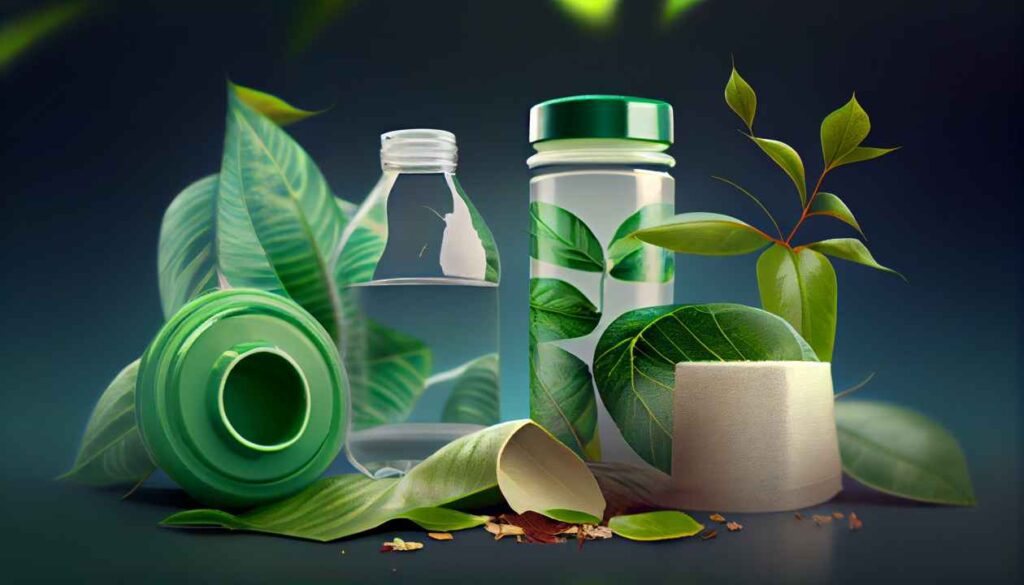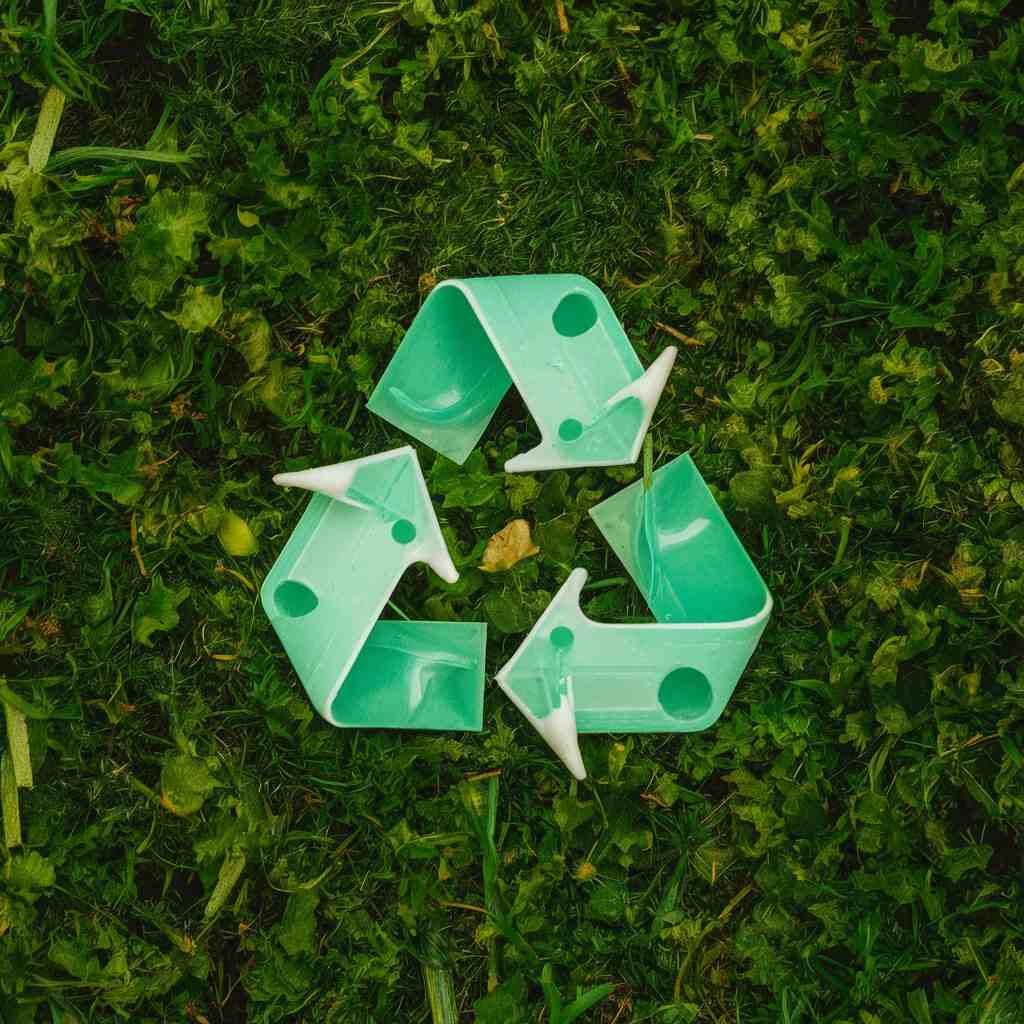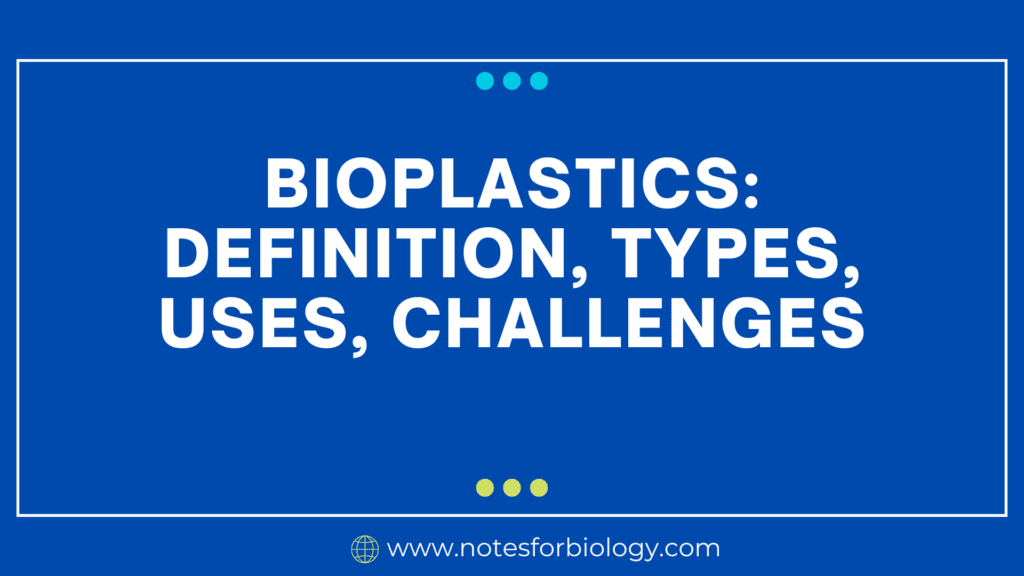Bioplastics are innovative materials that provide an alternative to conventional plastics made from petroleum that are created from sustainable biomass sources such plant starch, vegetable oils, and recovered food waste. Depending on their composition, they may be compostable, biodegradable, or non-biodegradable.
Table of Contents
Definition
Bioplastics are a class of plastics made from biologically renewable resources, including recycled food waste, vegetable fats and oils, and plant starches. In contrast to traditional plastics derived from fossil fuels, it can undergo composting or biodegradation based on their chemical makeup and manufacturing techniques. They become an eco-friendly substitute as a result, possibly lowering pollution and dependency on limited resources.

Types
They are categorized based on their source material and properties:
1. Biodegradable Bioplastics
They are a class of plastic that can naturally break down in the environment due to the activity of microorganisms. They are created from renewable biological sources. Common varieties are Polyhydroxyalkanoates (PHA), which are made by microbiological fermentation of sugars or lipids, and Polylactic Acid (PLA), which is derived from fermented plant starch. They provide an environmentally beneficial substitute for traditional plastics by lowering pollution and dependency on fossil fuels. They are utilized in products including food packaging, agricultural films, and medical equipment.
2. Non-biodegradable Bioplastics

They are made from biomass that is renewable, such corn or sugarcane, but they do not break down structurally. Bio-based Polyethylene (Bio-PE), Bio-based Polyethylene Terephthalate (Bio-PET), and Bio-based Polyamide (Bio-PA) are a few examples. Similar in function to conventional plastics, they have the added benefit of coming from renewable resources, which lessens dependency on fossil fuels. They are used in many different industries, such as consumer goods, automotive, and packaging, and they help promote sustainability by reducing greenhouse gas emissions and reliance on non-renewable resources.
3. Compostable Bioplastics
They are a type of biodegradable plastic that, in certain circumstances and usually in industrial composting facilities, decompose into natural elements. These substances, which include certain combinations of starches and polymers, provide a sustainable substitute for conventional plastics in applications such as food packaging and throwaway cutlery. Compost is created when compostable bioplastics go through a controlled breakdown process. Compost can be utilized as nutrient-rich soil for gardening or farming.
Uses
They have a wide range of applications, including:
- Packaging: Bags, containers, and food packaging are frequently made using PLA and starch mixes.
- Agriculture: Plant pots, mulch films, and coatings for controlled-release fertilizers.
- Medical: Implants, medication delivery systems, and biodegradable sutures.
- Automotive: Upholstery, panels, and seat cushions are examples of interior parts.
- Consumer goods: Throwaway plates, glasses, bottles, and silverware.
Challenges
Despite their benefits, they face several challenges:
- Cost: The cost of raw materials and processing makes the production of them frequently more expensive than that of regular plastics.
- Performance: When compared to their petroleum-based counterparts, certain bioplastics exhibit reduced mechanical and thermal capabilities.
- Infrastructure: The lack of industrial composting sites and the infrastructure needed to recycle bioplastics prevents their broad use.
- Confusion and Mislabeling: Inaccurate disposal and diminished environmental advantages may result from misunderstandings and incorrect labeling of biodegradability and compostability.
- Land Use and Food Security: Growing crops for bioplastics may put food production in jeopardy and raise land-use issues.
To sum up, they are a huge step forward in the search for more environmentally friendly materials. They provide a number of advantages over conventional petroleum-based plastics, such as a decreased environmental effect and the possibility of biodegradability or compostability. They are derived from renewable biomass sources. There are several kinds of bioplastics: biodegradable, non-biodegradable, and compostable. They show potential, but there are drawbacks as well, like increased production costs, limited performance, and poor infrastructure for composting and recycling.
Frequently Asked Question(FAQ)
What are bioplastics?
Bioplastics is a class of polymers which is made from biologically renewable resources such plant starches, vegetable oils, and recovered food waste. They provide a substitute for traditional polymers derived from fossil fuels.
Are bioplastics better than traditional plastics?
In terms of environmental effect and sustainability, bioplastics are superior than conventional plastics. However, things like end-of-life disposal procedures and the accessibility of suitable waste management infrastructure affect how effective they are.
Related Articles

